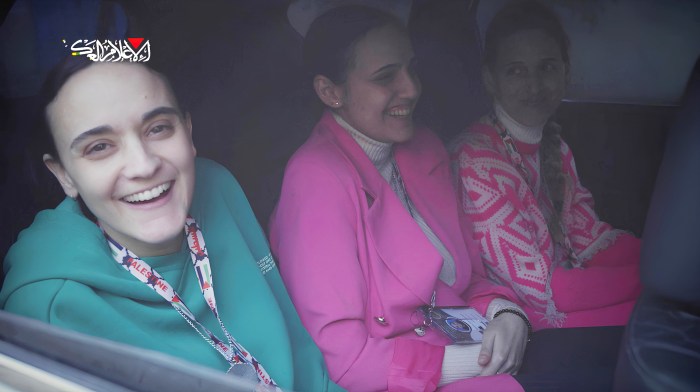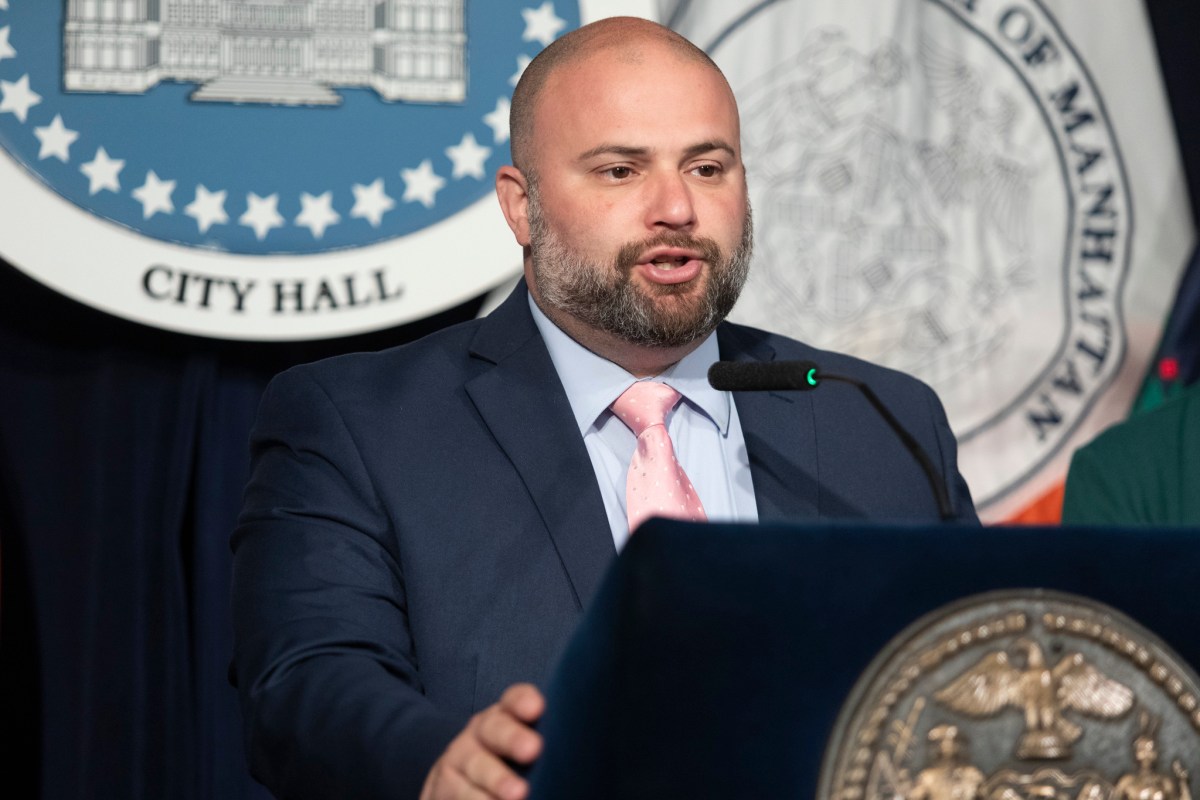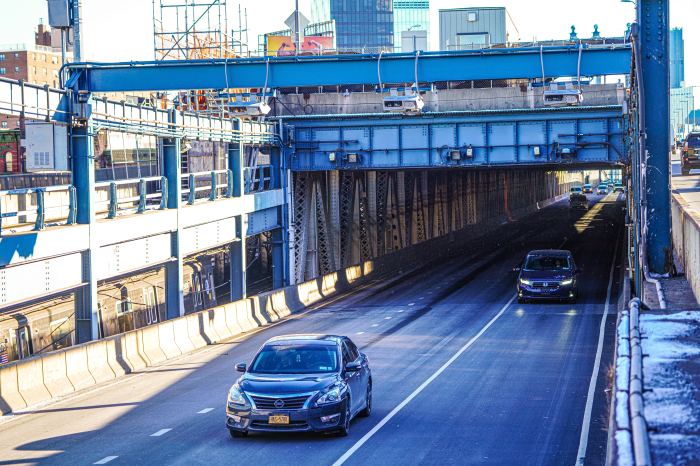The disturbing irony we’ve already noted here, of Barack Obama’s elevation to president signaling to a broad swath of this society the need for rolling back, not advancing, certain hard-fought, long denied privileges of democracy to some citizens, has nowhere been more starkly manifested than in what’s been done across the country with the voting process. Which, let’s be clear, really refers to the voting process as it pertains to people of color and others in the overall demographic of minority voters. The Republican/Tea Party collective came on like gangbusters to “fix” things when the first-term Obama off-year election was approaching in 2010. And, having in the interim secured appropriate tools of mischief, they’re ready again this year to make sure that stamp of regression remains ever more firmly affixed.
A visceral hatred (one is hard-pressed to call it anything else) of the first Black president by those forces of reaction made for emphatic pushback against the forward-looking polity that Obama’s election suggested. Not only is there a switch in House control from Democratic to Republican in the election of 2010, but perhaps more importantly, state and local government electoral results in many instances are also indicative of palpable right-flank anger. That anger was so deep-seated as to urge on the malcontents to “Never again!” action like cutting off at the pass portions of the body politic that made possible the landmark rewriting of presidential history. Ergo, the concerted assault on voting rights.
In a flurry, we were bombarded with Republican-controlled state legislatures passing measures clearly intended to weaken the Voting Rights Act of 1965 which was, so we thought, settled law. In June 2013 the Supreme Court, in a 5-4 decision (what else is new?) gave aid and comfort to the anti-voting rights wave when it sided with Shelby County, Alabama’s contention that a couple of key provisions of the Voting Rights Act, regarding mandated Federal preclearance prior to any state attempt to change voting procedures, were no longer necessary. Out of nowhere came the notion that the Voting Rights Act was no longer a revered symbol of Civil Rights era struggle, but seemingly open now to an altogether different version of “reformer” hacking away at the Voting Rights Act’s core principles.
Recent court decisions on various state voting provisions turned the spotlight again on the push to manipulate the system in any way that would likely be favorable to the party or parties agitating for “reform” of voting procedures. Wisconsin’s attempt to have a photo ID law for voting operable for the upcoming midterms was blocked by the Supreme Court. This was after the provision was struck down by a federal judge in April and then allowed to stand last month by the Court of Appeals for that circuit.
The victory for those resisting such attacks on voting rights could well be short-lived, however, speculation immediately ensuing, that this high court ruling was driven by a determination to not throw the voting process in Wisconsin into utter chaos come November, but that the court could revert to type and reverse course down the road. Even so, it bears noting that among the three dissenters in the decision was Mr. Justice Clarence Thomas, still the biggest affront and embarrassment in public life in this country to people of color.
Texas took what was thought to be a step back from a photo ID provision when a federal judge, in her ruling striking it down, wrote expansively about the statute’s discriminatory intent. But in the “Can You Top This?” litigation game they’ve been playing there, a Federal Appeals Court has now overridden the earlier judge’s ruling. One expects the Supreme Court is being again petitioned to weigh in on this on an emergency basis, in light of the elections being this close.
What’s frustrating, in watching staples of this democracy fall victim to the vicissitudes of the courts, is the “pretend” game folks are reduced to playing when something like voting rights comes up for review. There’s no one in the dark about what this tinkering with voting rights is really about. As The New York Times editorial declared last Sunday, after dismissing the claptrap usually offered about increasing voter turnout, preventing voter fraud, etc: “The purpose of these laws is to suppress voting.” For persons of color, particularly, the pain of this very poorly disguised move toward a revisionist take on voting rights has to be a lot more acute, well knowing what it took in blood to storm those barricades.
We rely on the judicial branch to be the great leveler as we navigate the labyrinthine glut of issues unavoidable with this democratic model. And so the courts have done ions of times. Sure enough, the courts have also oftentimes reminded us how imperfect the system is – those countless occasions when the courts showed themselves unabashedly in the claws of the politics that bred them. By way of example, we need look no further than that circus of a judicial odyssey to which people’s hard-won right to vote is currently being subjected down in Texas.





















